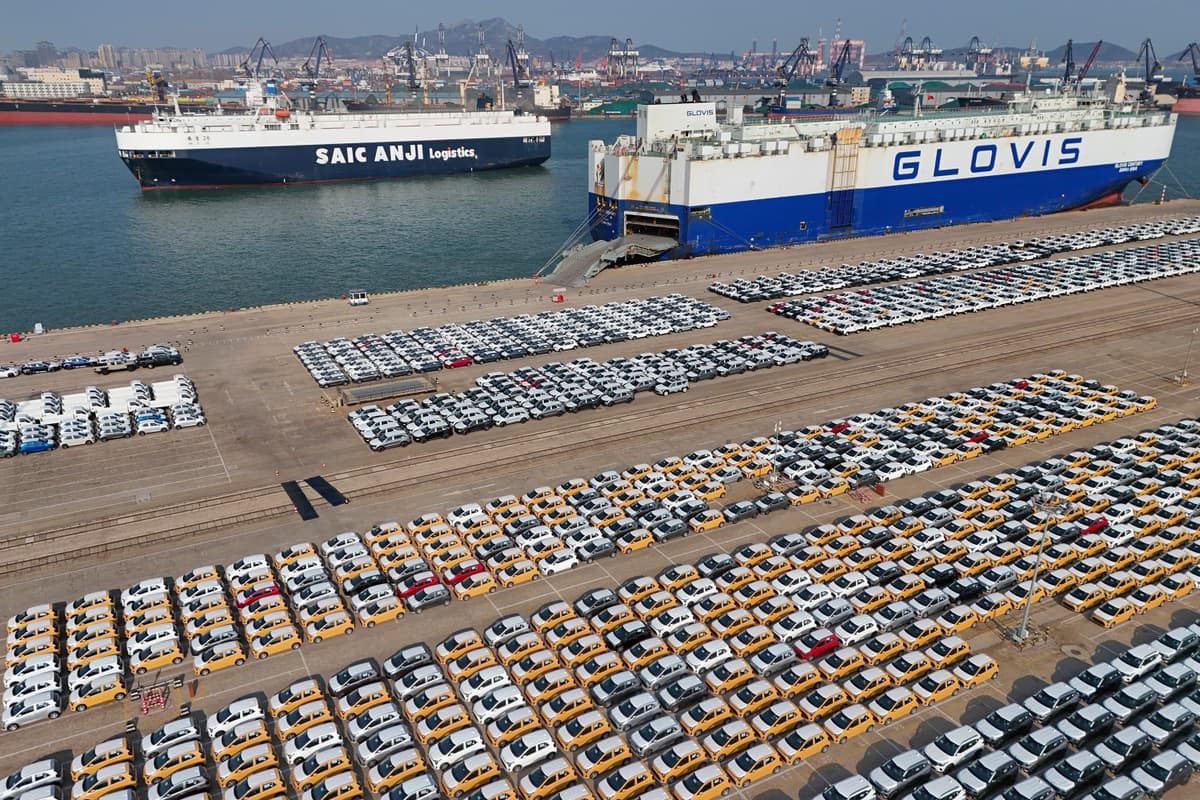The New China Syndrome
Competitive devaluations are in the offing in what is emerging as a monetary race to the bottom.

Communist China’s nearly trillion-dollar trade surplus for 2024 is not only a marker of the economic distortions driving Beijing’s global ambitions, but a symptom of the fiat money era. The surplus reflects Beijing’s attempt to export its way to prosperity. A trade imbalance on such an unprecedented scale, though, is a monument to monetary manipulation that will cast a shadow on the global economy and American politics in the year ahead.
The People’s Republic’s trade surplus, at $992 billion, set a record, soaring to 21 percent over the prior year, Bloomberg reports. The jump was due in part due to fears over President-elect Trump’s tariffs, as American importers sought to buy more from China in advance to avoid levies. Yet this “front-loading” of Chinese goods obscures the larger structural issue confronting America and the West: Beijing’s push to dominate the global economy via exports.
Communist China has, since its partial economic liberalization in the late 1970s, emerged as the world’s “sole manufacturing superpower” an economist at Lausanne’s IMD Business School, Richard Baldwin, has marveled. The export drive is driven in part by state subsidies, as well as forced technology transfers from Western firms doing business in China. Also propelling the exports, though, is Beijing’s manipulation of its currency.
“China has a long history of facilitating an undervalued currency,” America’s Treasury warned during Trump’s first term. That makes Chinese exports cheaper, and thus more competitive, in foreign markets. It’s one of the disadvantages of the abandonment of the gold standard, under which, classically, it is harder to manipulate the value of currencies. That’s because all currencies are defined in law as a fixed weight of gold — the historic basis of all value.
Until 1971, when America cut the dollar’s last tie to the monetary metal, the greenback was convertible to gold at a 35th of an ounce. Since then, the dollar has plunged in value to less than a 2,600th of an ounce. This debasement of the currency has been accompanied by an enormous run-up in debt, and trade deficits, along with an asset bubble. The fiat money regime also enables China to run a trade imbalance that would be impossible on a gold standard.
When countries adhered to the gold standard in its heyday, the discipline of convertibility kept prices in check and behooved nations to keep their trade in balance. Economist Michael Bordo described it as following the “rules of the game.” A country running a trade deficit would have to “raise their discount rates — the interest rate at which the central bank lends money to member banks — to speed a gold inflow,” he explained.
A country that was running a persistent trade surplus, Mr. Bordo added, would have to “lower their discount rates to facilitate a gold outflow” and prevent inflation from overheating. As Mr. Bordo puts it, “the net result was balanced prices among countries.” The end of this system meant that there was no external mechanism to prevent a country like China from running the table on exports, throwing global trade off balance.
Beijing’s trade surplus can be seen as a yardstick for the success of its mercantilist policy, but also a signal of what Yale’s Stephen Roach calls “codependency” between China and America. He reckons that China needs America as a market for its exports, while Washington needs Beijing’s low-cost goods, as well as its surplus capital, to make up for America’s low savings rate. Yet China’s unprecedented surplus, and Trump’s tariffs, could upend this dynamic.
Even if a trade deficit, per se, isn’t all bad, or even signals a healthy investment in America, the scale of the imbalance with an adversary like China is a concern. That’s particularly so, for the West, if Beijing comes to dominate vital industries like the high-tech sector that will be vital for defense. The surplus is a reminder of the flawed rules that obtained when China entered the global trade system — and America’s own mistake in abandoning a gold system.

